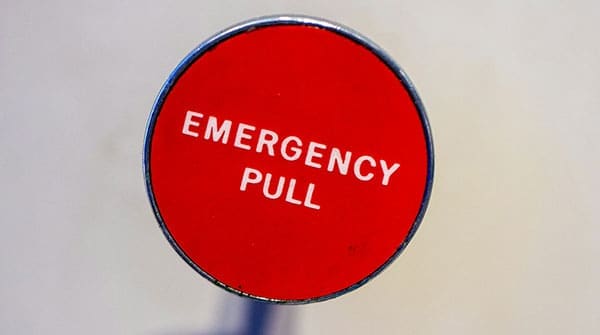Saskatchewan must act now to prevent a financial disaster. The 2024 budget must be balanced to decrease debt and address rising interest payments
 The government of Saskatchewan needs to present a balanced budget in 2024.
The government of Saskatchewan needs to present a balanced budget in 2024.
No excuses. No exceptions. Balanced or bust.
The government projected a $1 billion surplus for 2023-24. After the latest fiscal update, that projection now sits at a $250 million deficit.
The government originally planned to decrease the debt by about $400 million to $18.1 billion according to the 2023 budget, but now it’s raising it to $18.9 billion.
Those numbers aren’t great, but they are not the worst. Manitoba is staring down a $1.6 billion deficit, the highest that province has ever seen outside of the COVID mess.
But it’s still not all sunshine and roses in Saskatchewan. The government must immediately balance the budget to avoid replicating Manitoba’s current predicament or, worse, repeating the financial crisis that Saskatchewan faced 30 years ago.
In the 1990s, former premier Roy Romanow was forced to take drastic measures because of years of deficit spending by the provincial government that had increased government debt to the highest levels in the country.
The government was in such dire straights that almost no one would lend it any more money, and it was in danger of defaulting on its debt interest payments, essentially going bankrupt.
What came next were spending cuts and tax hikes. Fifty-two hospitals were closed or converted, and in the 1993 budget, the gas tax, provincial sales tax and business taxes were all hiked to deal with the situation.
Romanow says he still loses sleep over the decisions he had to make during that time.
That’s why the province needs to take action while the problem is still growing gradually, so Saskatchewan isn’t suddenly hit with financial disaster. Because Saskatchewan is clearly in the gradual phase.
In 2014-15, government debt was about $5.9 billion or $5,300 per person (after adjusting for inflation). At the end of 2023-24, the debt is expected to be $18.9 billion or $15,500 per person. That’s a 220 percent increase in debt in about 10 years.
Debt interest payments are another problem the government needs to address. In 2014-15, the government was paying about $340 million in inflation-adjusted interest on the debt. This year it’s going to be $640 million. That’s $522 per person. What could you have done with $522 more in your pocket?
With interest rates remaining high, any new debt the government takes on will add more pain with even higher interest payments.
What happens if the price of oil or potash takes a dive? What if a drought hits next year’s harvest even harder?
These scenarios would mean horrors for the public purse. If the government can’t balance a budget during regular times, there is a snowball’s chance it can do it in bad times.
Accumulating debt has a snowball effect. Every year the government adds to the debt means more money is spent on interest payments, not services. The government needs to stop it before it becomes the Saskatchewan of 1993.
The government has the benefit of hindsight in the next budget, so it can’t sit on its hands and let the situation deteriorate further.
Finance Minister Donna Harpauer recently announced she will not be running in the next election. What better way to cement her legacy than by introducing a balanced budget as her last?
Come March, the Saskatchewan budget needs to be balanced and the debt needs to go down to protect the future of the province.
Gage Haubrich is the Prairie Director for the Canadian Taxpayers Federation.
For interview requests, click here.
The opinions expressed by our columnists and contributors are theirs alone and do not inherently or expressly reflect the views of our publication.
© Troy Media
Troy Media is an editorial content provider to media outlets and its own hosted community news outlets across Canada.

